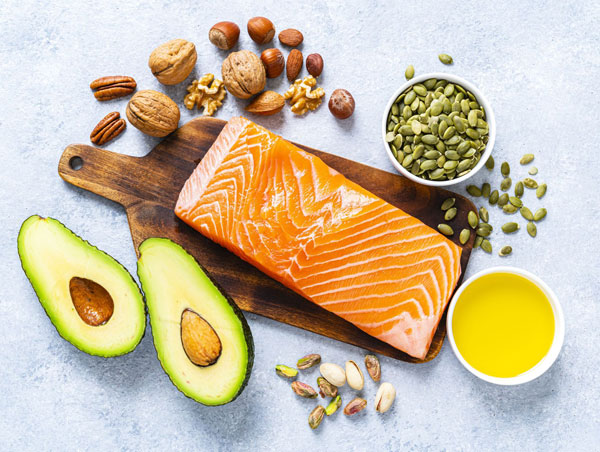
Dietary Fat
Studies have shown that Indians are particularly susceptible to chronic degenerative diseases like Coronary Heart Disease (CHD). New research shows that Indians are genetically more likely to get heart attacks than any other ethnic group in the world. Since there is a direct link between dietary fats and CHD, it is very important to regulate quantity as well as quality of fat intake for effective heart care.
Twists and Turns in the Recommendation of Dietary Fat
Initially it was believed that oils rich in SFA (Saturated Fatty Acid) such as ghee, coconut oil etc. promoted coronary heart disease through its action of raising blood cholesterol while oils rich in PUFA (Polyunsaturated Fatty Acid) prevented CHD by lowering blood cholesterol and the dietary advice was to use vegetable oils rich in PUFA such as safflower oil, sunflower oil etc.
In due course of time evidence began to accumulate establishing that although PUFA was effective in reducing the "bad" LDL cholesterol, it was ineffective in controlling triglycerides and a very high content of PUFA had the undesirable effect of reducing the "good" HDL cholesterol as well.

It further came to light that oxidation played a significant role in initiating events of coronary heart disease and promotion of cancer through production of free radicals. Since PUFA oxidized faster than SFA and MUFA (Monounsaturated Fatty Acid), excessive intake of PUFA rich oils could impair the ability of antioxidants in the human system to control free radicals and thereby enhance the risk of cancer.
It has thus become important to strike a balance between nutritive value and oxidative stability of oils. In this regard Rice Bran Oil has been receiving considerable attention in recent years in view of its unique properties.
Recent International Dietary Recommendations
The American Heart Association now recommends use of oils having an equal proportion of saturated, monounsaturated and polyunsaturated fats.
The World Health Organization (WHO) recommends polyunsaturated fatty acid (PUFA)/ saturated fatty acids (SFA) ratio of 0.8 to 1.0 and linoleic acid (LA) / alpha linolenic acid (ALNA) ratio of 5-10 in the diet.
Japan's Ministry of Health & Welfare suggests fatty acid ratio of saturated / monounsaturated / polyunsaturated as 1 : 1.5 : 1 and a 4 : 1 ratio of omega 6 to omega 3 fatty acids.
Saturated fatty acid should be less in vegetable oils because we also get it from milk, cheese, eggs etc.
Polyunsaturated fatty acids should be about 33% because PUFA is the only source of essential fatty acids. Bur higher levels of PUFA is not desirable for promotion of overall health because of its poor oxidation stability.
Monounsaturated fatty acids may be above 33% because they have fair oxidation stability and cholesterol lowering properties.
The ratio of Omega 6 to Omega 3 should lie between 5 and 10.
The antioxidants should be as many as possible.